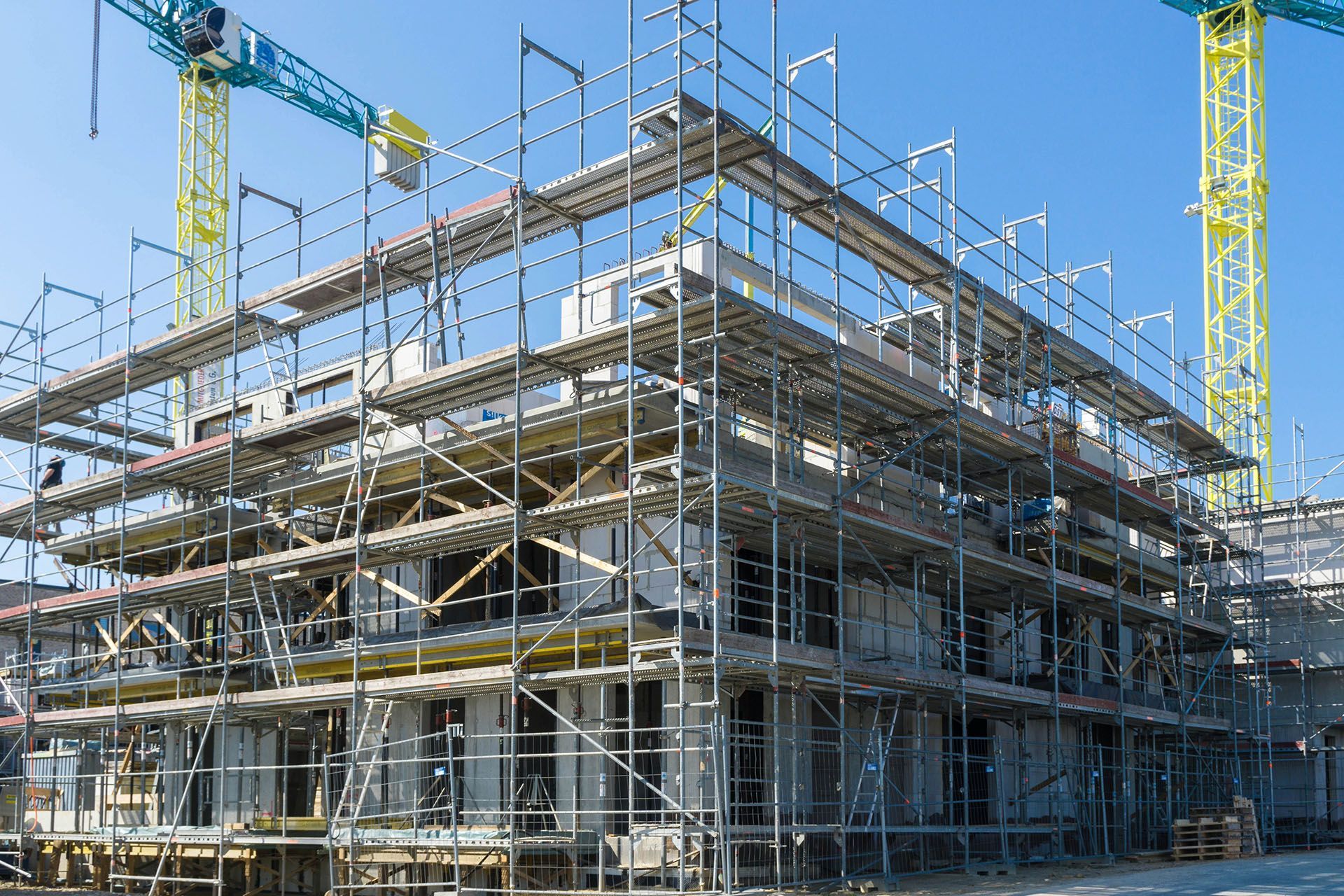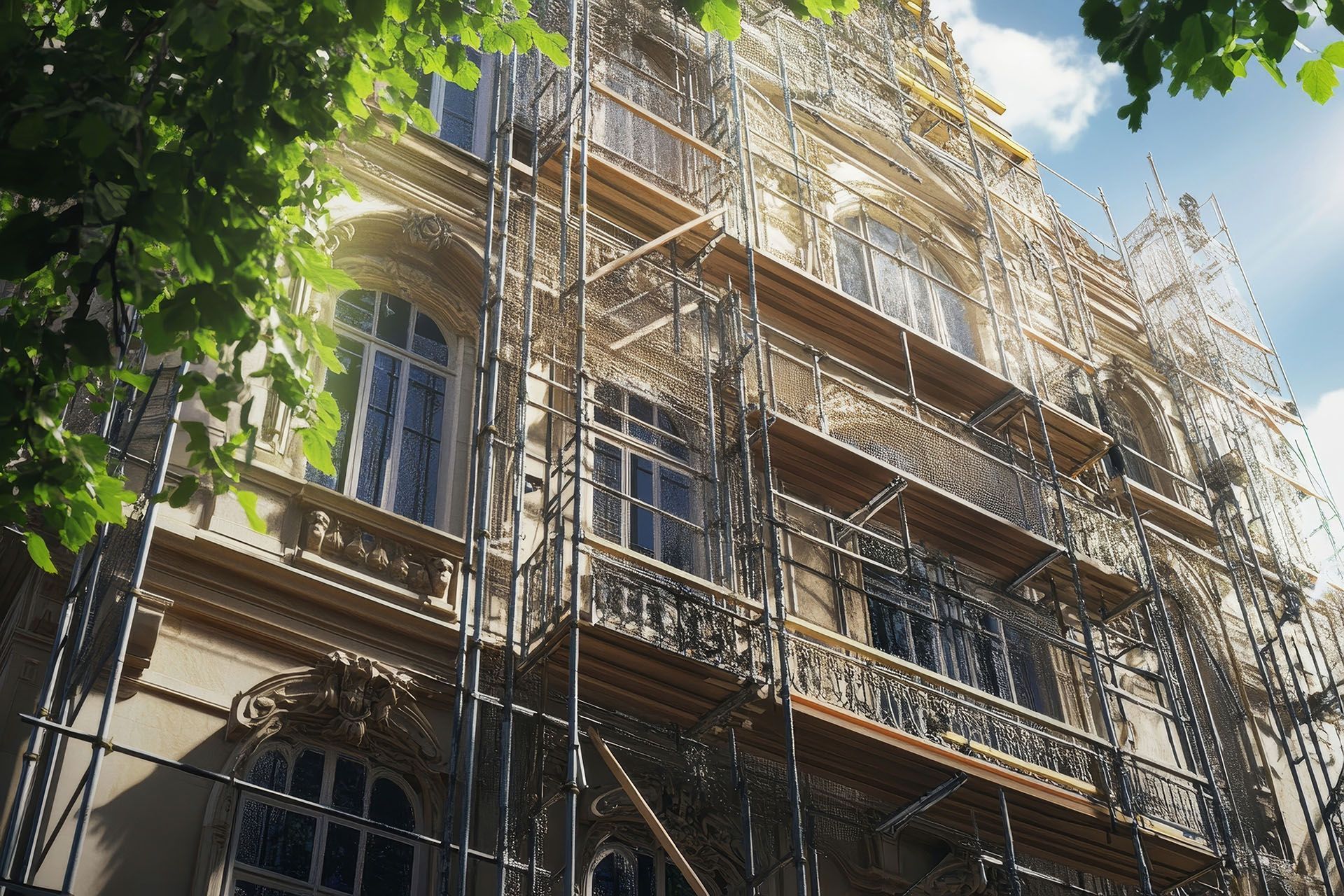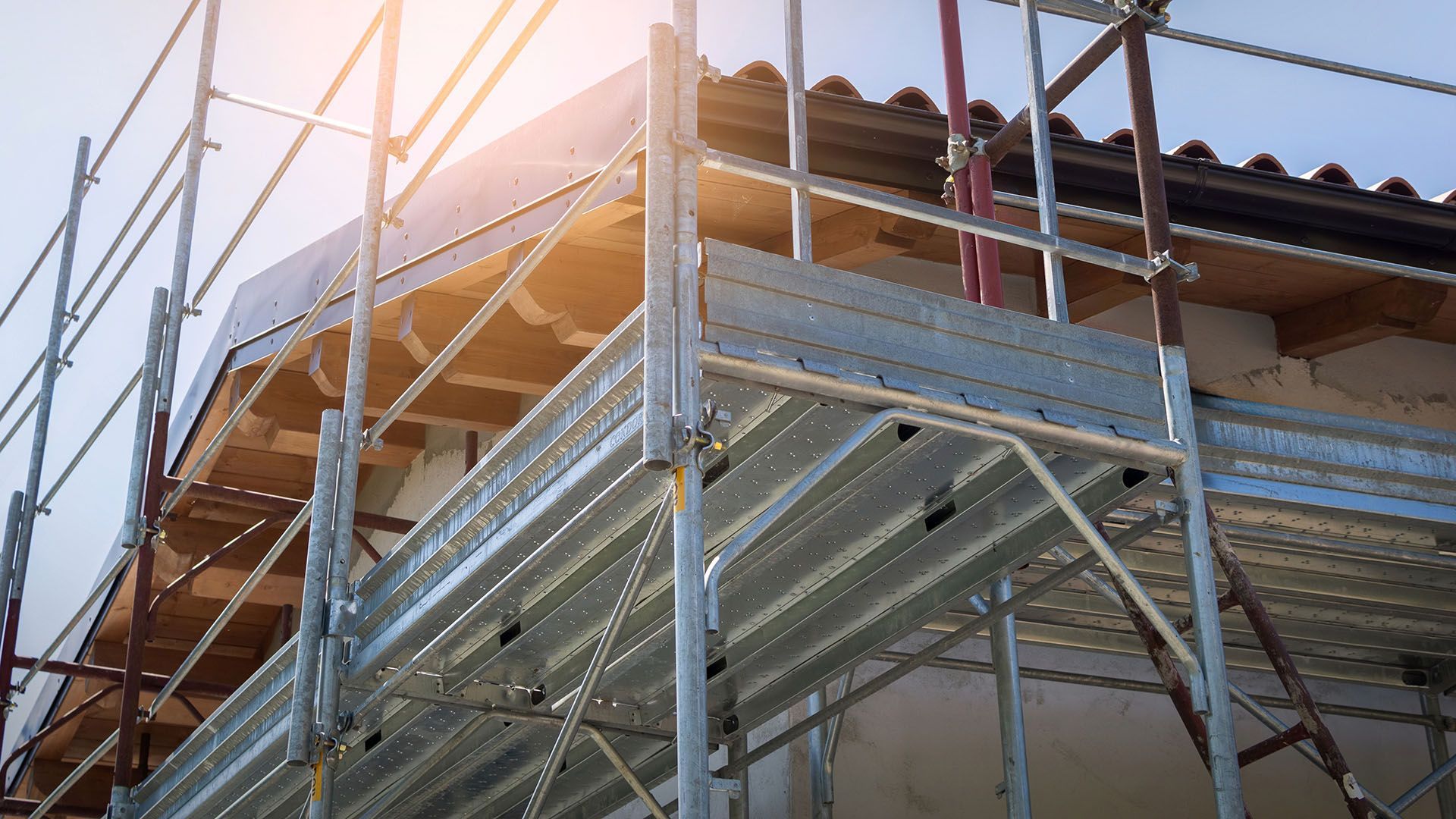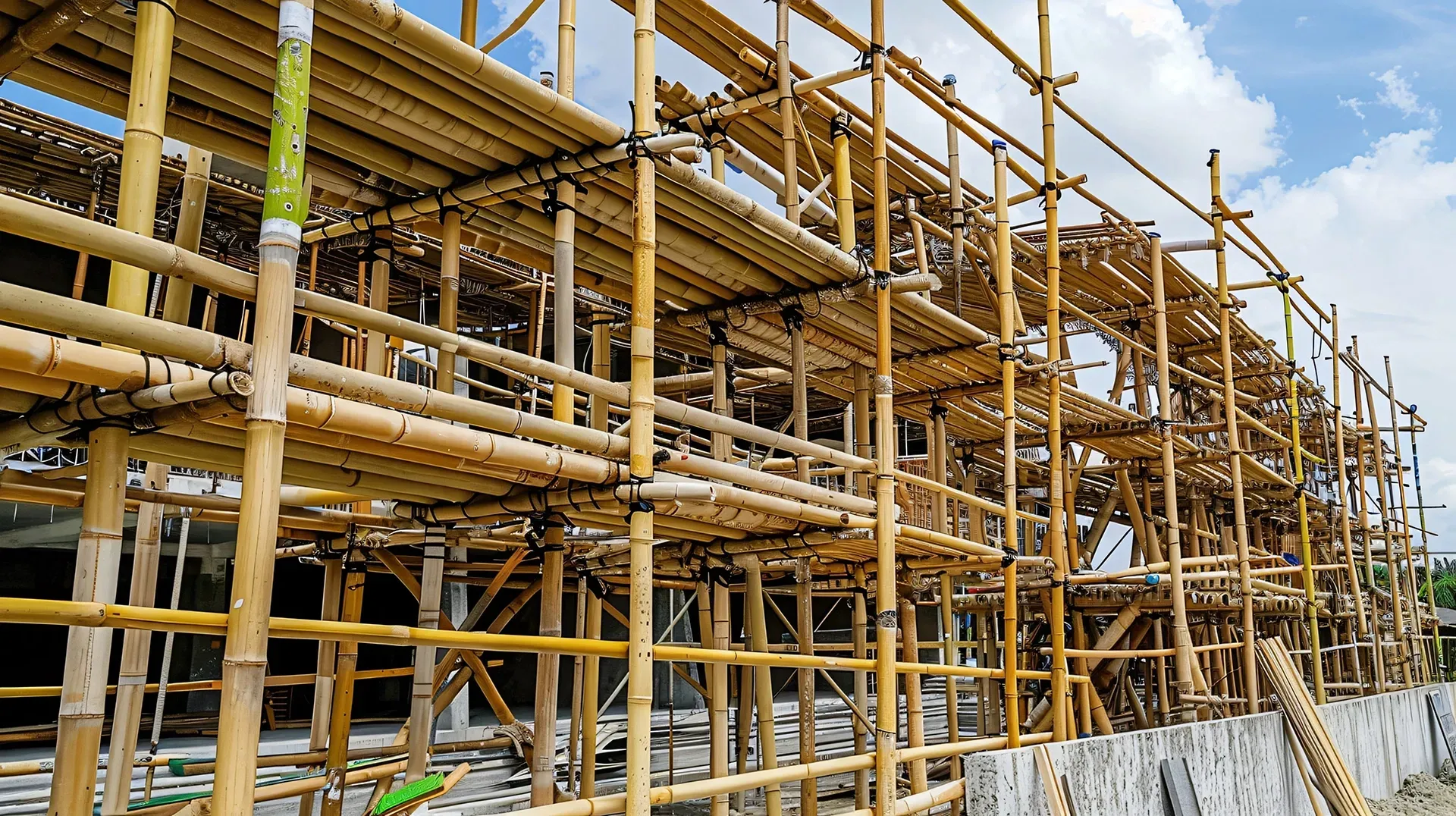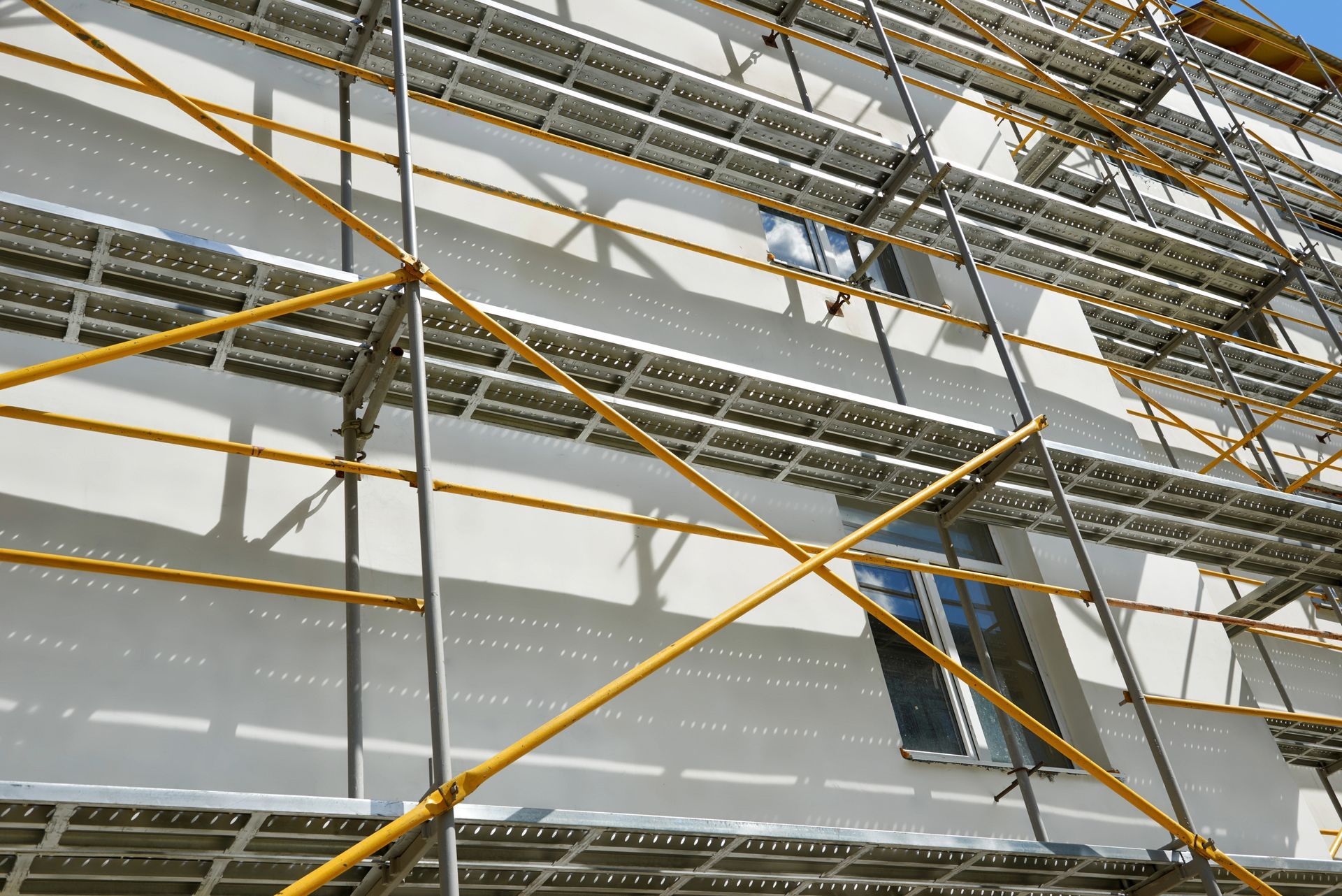Painters Scaffold Hire: Why Professional Scaffolding Beats the Alternatives
When it comes to painting projects, whether residential, commercial, or industrial, safety and efficiency should always come first. Hiring scaffolding provides a reliable solution that makes working at height more stable and manageable compared to ladders or other alternatives. For professional painters, property owners, and contractors, scaffolding offers the right balance between safety, productivity, and quality results.
Why Hire Scaffolding for Painting?
Scaffolding creates a secure platform for painters to access hard-to-reach areas. Unlike ladders, which limit movement and require constant repositioning, scaffolding allows painters to work across larger surfaces with ease. This means fewer interruptions, better precision, and a more professional finish.
Hiring scaffolding also saves time and money, as it eliminates the risks of makeshift solutions that could lead to costly delays or accidents. On a busy job site, having a stable structure improves workflow and safety for everyone involved. With a scaffold, multiple trades can work side by side, which is particularly useful for larger construction projects such as commercial buildings or industrial structures.
What is an Alternative to Scaffolding for Painting?
A common alternative to scaffolding is the ladder. While ladders may seem convenient for smaller jobs, they come with clear limitations. Ladders do not provide the same level of stability, they restrict the painter’s ability to move freely, and they often increase the risk of falls due to their narrow base. For long hours of painting, this can be uncomfortable and unsafe.
In comparison, scaffolding is a far superior choice. It provides a flat, secure platform, guardrails, and the ability to support tools and paint supplies. This not only improves safety but also boosts productivity, as painters can work more efficiently without needing to climb up and down repeatedly. For professional results, scaffolding is the clear winner.
Understanding the 3 to 1 Rule for Scaffolding
Safety regulations are a critical part of scaffold use. One of the most important principles is the 3 to 1 rule for scaffolding. This rule states that for every four metres in height, the base of the scaffold must be at least one metre wide. In other words, the height of the scaffold should never exceed three times the smallest base dimension without additional bracing or ties to a structure.

This rule is designed to prevent scaffolds from tipping over, especially when working at greater heights. By following the 3 to 1 rule, painters and contractors can maintain stability and reduce the risk of accidents. At the same time, scaffolding provides convenient access for painting, repairs, and other maintenance tasks. Professional scaffolding hire companies ensure that these safety standards are always met, giving clients peace of mind that the structure is secure and compliant.
The Smart Choice for Painters, Especially in Hard to Reach Areas
Using scaffolding goes beyond simply providing easy access. It also creates a safer and more efficient workspace. While alternatives like ladders may appear convenient, scaffolding remains the superior option for projects of all sizes. It provides stability, flexibility, and compliance with safety regulations like the 3 to 1 rule, making it the go-to choice for both professionals and DIY renovators who want reliable results.
Whether it’s for a residential repaint, a large commercial building, or an industrial facility, scaffolding ensures that every coat of paint is applied with confidence and precision. With scaffolding hire, painters can complete their next project without the cost and hassle of buying their own scaffolding, while still meeting their specific needs for safety and efficiency.
Ready to get started? Contact us today for scaffolding hire and request your free quote to make your next project safer, faster, and more efficient.

